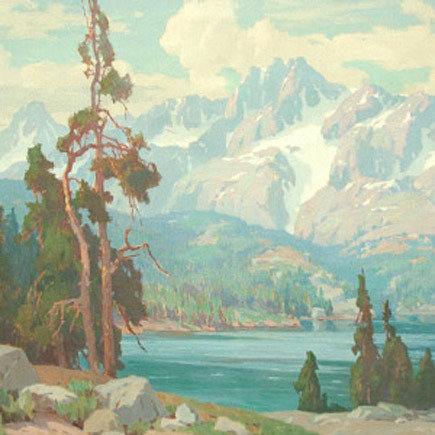California Dreaming
dal 14/12/2012 al 15/5/2013
Segnalato da
14/12/2012
California Dreaming
Santa Barbara Museum of Art, Santa Barbara
Plein-Air Painting from San Francisco to San Diego. A selection of early 20th-century works

This exhibition presents a selection of early 20th-century paintings that celebrate the specific topography and climactic effects associated with the regional landscape from San Francisco to San Diego. Adapting certain strategies of French Impressionism, the artists created a style that has become the hallmark of what is commonly termed Californian Plein-Air Painting, or California Impressionism. The avantgarde movement of French Impressionism, preoccupied with capturing immediate effects of light, color and atmosphere, burst upon the world in 1874. By the turn of the century, Impressionism was practiced in one form or another throughout the globe. In America, a distinct version of Impressionism dominated mainstream art from roughly 1890 to 1930. The relatively new state of California was no exception to the trend, its breathtaking scenery providing the prime subject matter for painters working "en plein air," or outdoors. The regional style of California Impressionism was created by an incredibly mobile group of cosmopolitan painters. These locals and transplants traveled throughout the state of California as well as to artist colonies and metropolitan centers in the Midwest, East coast, and Europe. They were in search of artistic inspiration, both from nature, and from exposure to the art of the past and present. While technically varied, all of the artists associated with California Plein-Air Painting were utterly devoted to the indigenous landscape and sought to reproduce faithfully the effects of light and atmosphere that so specifically characterize the natural paradise that is aptly described by the moniker of the Golden State. (Image: Marion Kavanaugh Wachtel)



